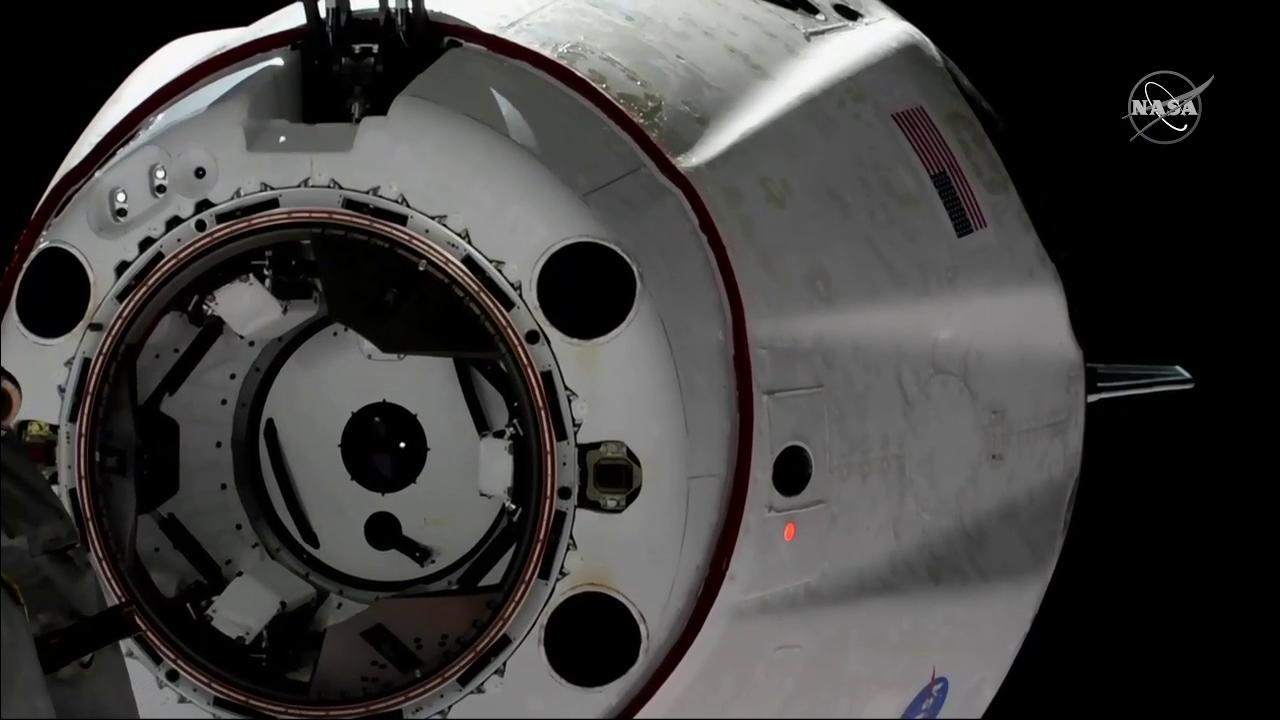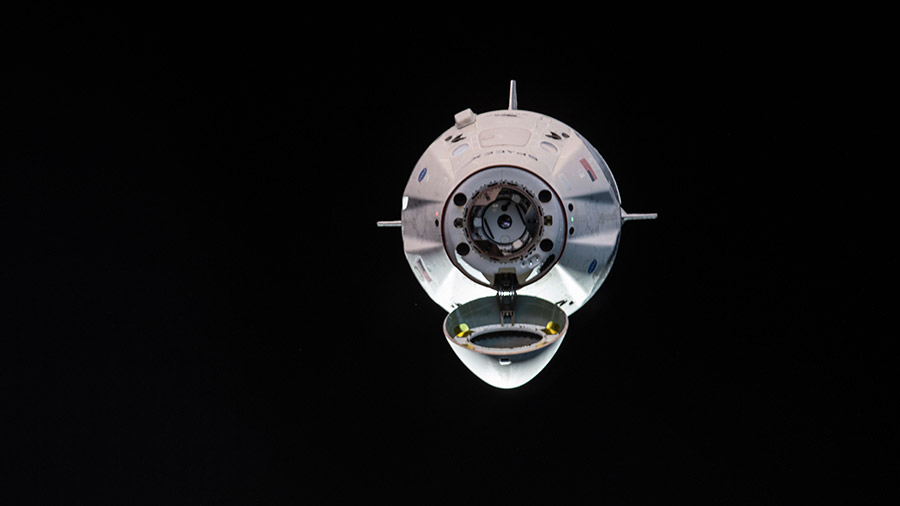ICSEDS 434 MHz balloon launch
Medad Rufus reports two balloons with 434 MHz transmitters built by Imperial College Students for the Exploration and Development of Space (ICSEDS) will launch from Wormwood Scrubs, London on Saturday, March 9.
On the UK High Altitude Society reflector Medad posted:
This is a launch announcement for the launch of ICSPACE6 & 7 from Wormwood Scrubs, London, UK. We have had some success with the launches of our previous pico balloons and we hope it works 100% this time.
The hardware is nearly identical to the previous launch; only software changes made. The winds are expected to take it towards the Netherlands/Belgium and further east into Germany.
Here is the information about the balloons to be launched tomorrow:
Callsign: ICSPACE6
RTTY: 434.600 MHz USB
50 baud 745 Hz shift ASCII-8 no parity 2 stop bits
Launch time aim: 10:40 am on March 9
Transmits 10 pips before transmitting message. 30s gap between each transmission
Callsign: ICSPACE7
RTTY: 434.250 MHz USB
50 baud 745 Hz shift ASCII-8 no parity 2 stop bits
Launch time aim: 11:40 am on March 9
Transmits 10 pips before transmitting message. 30s gap between each transmission when below 3000m. Above 3000m, it will transmit with a gap of 60 seconds.
We appreciate all listeners for our flights. I hope this flight goes well.
Here is information about the launch of ICSPACE4 & 5 four weeks ago.
https://www.union.ic.ac.uk/guilds/icseds/2019/02/high-altitude-ballooning-group-launch-a-balloon-that-again-landed-in-the-netherlands/
Source UKHAS Groups IO https://groups.google.com/d/msg/ukhas/2GCKl5uiNJQ/473DfDsiBgAJ
Real-time balloon track can be seen at https://tracker.habhub.org/
Listen to the signals online with the Farnham WebSDR http://farnham-sdr.com/
Useful High-Altitude Balloon links https://amsat-uk.org/beginners/balloons/
m5aka
AMSAT-UK






